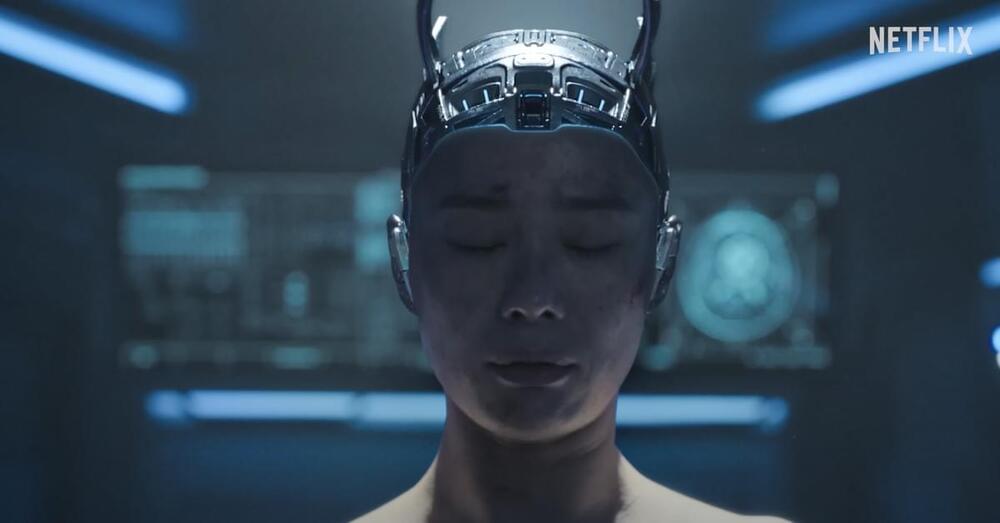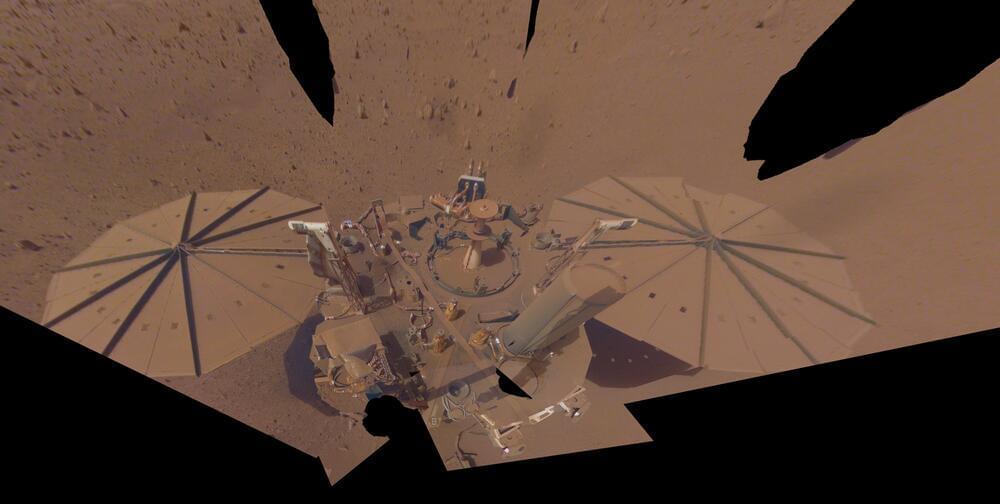The sci-fi thriller starts streaming in January and is helmed by Train to Busan director Yeon Sang-ho.
Things aren’t looking good in this future.

Circulating tumor cells are tumor cells found circulating in the blood that come from a primary tumor. Circulating tumor cells have utility in clinical applications, including genomic analysis of cancer cells and monitoring the progression or recurrence of cancer. Since circulating tumor cells are usually collected through a blood sample, this method is relatively noninvasive compared with traditional tissue biopsies.
Research presented at the San Antonio Breast Cancer Symposium (held December 6–10, 2022) suggests that a count of circulating tumor cells could help clinicians decide between chemotherapy and endocrine therapy as first-line treatment for certain types of breast cancer.
Using circulating tumor cell (CTC) count to decide between first-line treatments provided an overall survival benefit for patients with metastatic, estrogen receptor (ER)-positive/HER2-negative breast cancer when compared to the physician’s choice of treatment.

In this talk titled CYBERNETIC THEORY: THE CODE OF REALITY & OUR FUTURE AS CYBERGODS at the Rotary Club, The Grand Autograph Hotel, Novosibirsk, Russia, on July 19, 2022, I go over many topics such as evolutionary cybernetics, Digital Physics, consciousness, philosophy of mind, cybernetic theory, Omega Point cosmology, physics of time, simulation theory, the Global Mind, AGI, VR, Metaverse, Cybernetic Singularity, transhumanism, posthumanism, cybernetic immortality, synthetic telepathy, mind-uploading, neurotechnologies, Fermi Paradox, the Dark Universe (Dark Matter and Dark Energy), the Argument for Cybertheism. The main 45-minute slide presentation is followed by a 15-minute Q&A session… More.
Russian-American futurist Alex M. Vikoulov presents his published works in a talk titled CYBERNETIC THEORY: THE CODE OF REALITY & OUR FUTURE AS CYBERGODS at the Rotary Club, The Grand Autograph Hotel, Novosibirsk, Russia, on July 19, 2022. The main 45-min.
According to an FCC filing earlier this month, SpaceX are looking to get permission to launch the next generation of its Starlink satellites very soon.
A filing with the FCC suggests that SpaceX hopes to launch a new Starlink broadband satellite system soon. This could help the company keep up with the increase in demand.
The company wants to connect current user terminals to upcoming satellites in geosynchronous orbit (NGSO) and needs a special temporary authorization (STA) from the FCC for 60 days. If granted, SpaceX could begin providing Gen 2 services while the FCC investigates its request for longer-term authority.
Their first EV could possibly roll out with an integrated PlayStation 5.
Japanese industrial giants Sony and Honda formally joined forces earlier this year to take on the might of Tesla in the electric vehicle (EV) space. The collaborative effort will first be unveiled at the CES 2023, scheduled to be held in Las Vegas in a fortnight from now, The Verge.
Sony.
The switch of automobiles from internal combustion engines to electric ones has brought forward another revolution, one where the car is not just a means of mobility but also of entertainment. Look at any EV to be launched in the market, and you will find a giant display at the center that can help with navigation and deliver content.

The fully reusable Starship is expected to overtake NASA’s SLS as the world’s most powerful rocket.
SpaceX is preparing for the orbital launch of Starship, the massive fully reusable rocket it hopes to use to eventually send humans to Mars.
As The Washington Post points out, there is no concrete date set for the first orbital flight of Starship, and several dates voiced by SpaceX CEO Elon Musk and President Gwynne Shotwell have already come and gone.
SpaceX
SpaceX has explained in a regulatory filing that its test flight will last around 90 minutes and the beginning of its journey will see it roaring over the Gulf of Mexico as it makes its way to orbit.

Solar energy is reaching new heights faster than ever.
A tandem solar cell developed by researchers at the Helmholtz Zentrum Berlin (HZB) has converted 32.5 percent of incident solar radiation into electrical energy, a world record. The achievement was certified by the European Solar Test Installation (ESTI) in Italy, a university press release said.
As the demand for renewable energy grows, researchers are looking at ways of increasing the efficiency of solar cells. This enables more energy to be harvested from the same area of land deployed to generate power. There has been significant success when halide perovskites have been used to make solar cells.
Magnetized feet enable it to climb at speeds of up to 0.7 meters per second (m/s).
Investigating industrial sites is no easy task. It involves work at high altitudes and confined spaces, like steel bridges or shipyard welding platforms, all of which could be dangerous to human workers.
Named MARVEL, short for Magnetically Adhesive Robot for Versatile and Expeditious Locomotion, the 17.
Seungwoo Hong et al.
Now, a team of researchers at the Korea Advanced Institute of Science and Technology have developed a quadrupedal climbing robot with magnetized feet in an effort to solve the problem. Their research work was recently published in the journal Science Robotics.

Atomic clocks are known to be the most accurate in terms of timekeeping, but how do they do it?
As the old saying goes, “Time is golden.” A bit cliche, perhaps, but true. Time is such an important aspect of our everyday lives that every hour, if not every second, matters. Whether it is from clocking in to begin work to navigating in space, the measurement of time is vital.
Just like anything that needs to be measured, one of the most important aspects of time is its accurate measurement.
Wikimedia Commons.
What is an Atomic Clock?